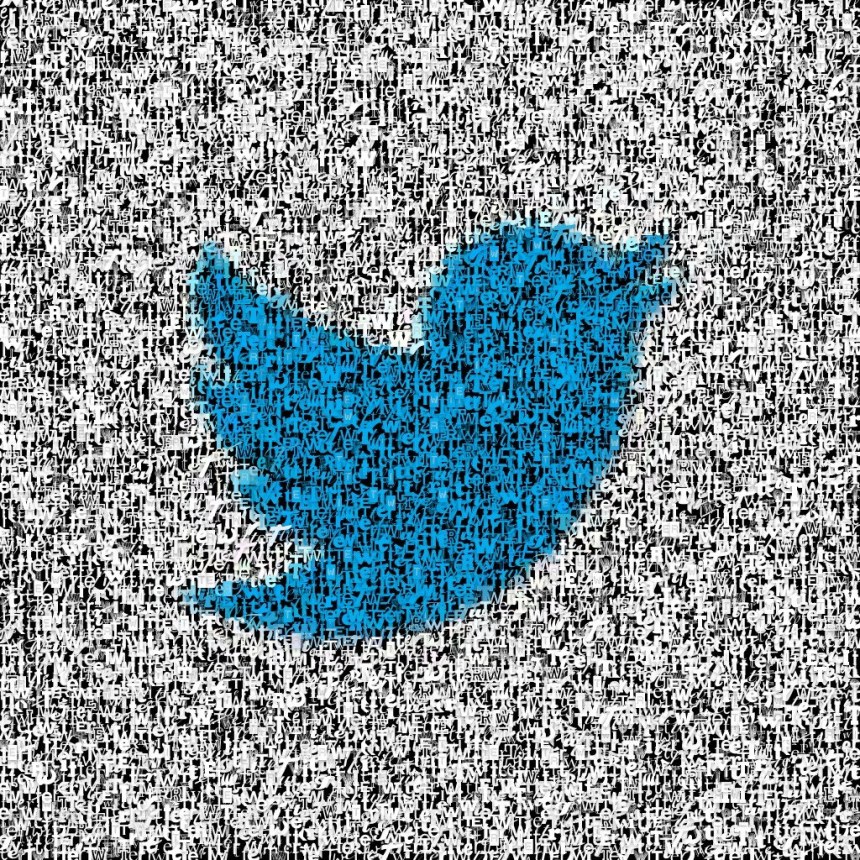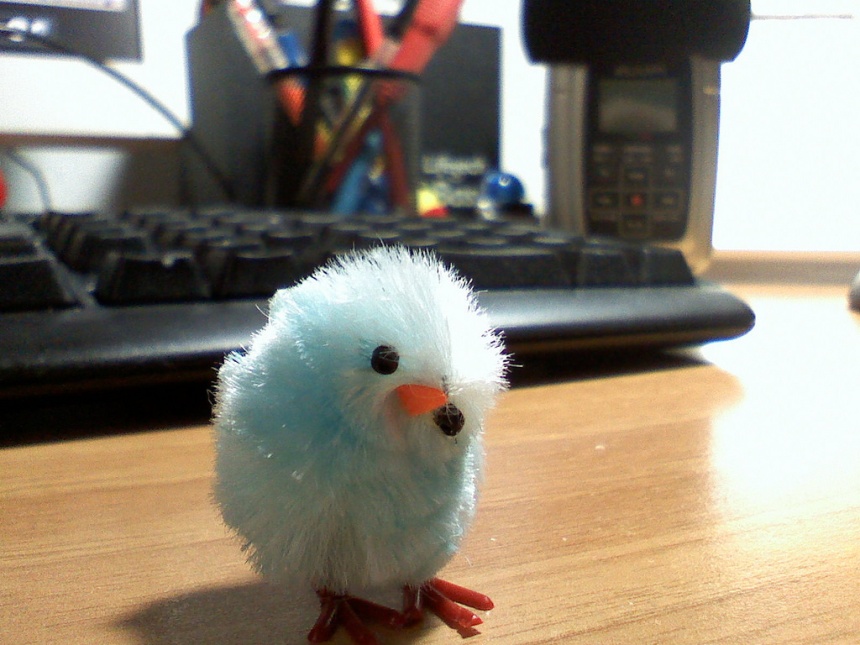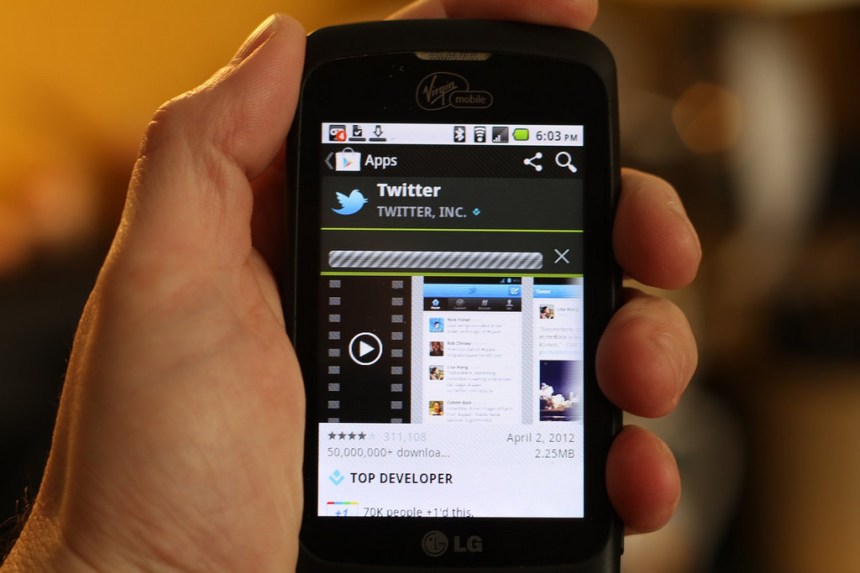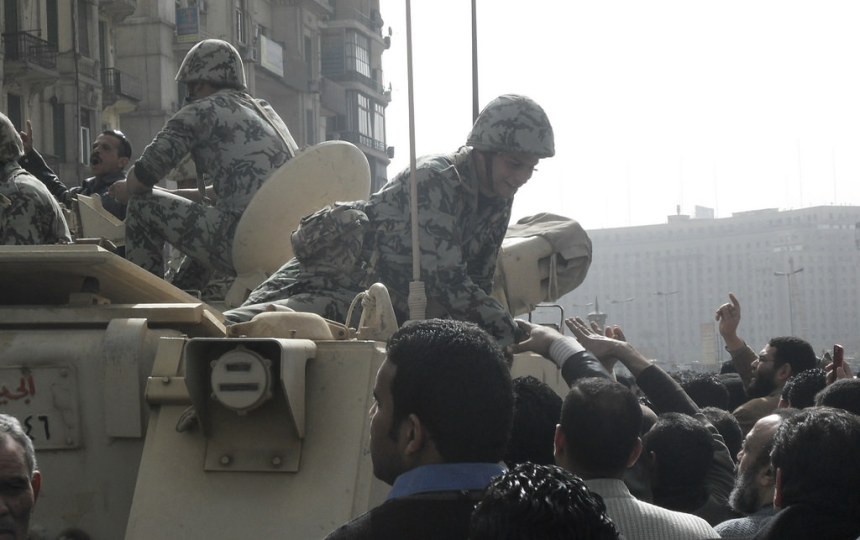Photo Credit: Esther Vargas
Do you remember what life was like before Twitter?
Social media has really embedded itself into our everyday lives. It’s incredible to think how difficult society might function without social media. It’s not just likes, follows and shares, it’s about spreading information and keeping up to date with news going on around the world.
Twitter is one of the media platforms that still impresses me. While there may be other platforms like Instagram and Snapchat threatening to overtake it, Twitter has made so much impact on the world. Much changed when Twitter came onto the scene 12 years ago.
Twitter started the ‘microblog’ trend
Photo Credit: Fjromeroa
When it started, the word ‘microblog’ was coined. Twitter started when the world was obsessed with blogs (unfortunately that obsession for long-form has died down). And Twitter was something that acted like a blog but better.
The problem with blogs at that time was that people loved to start it but had problems maintaining it. People just couldn’t post every day and would leave it for weeks at a time.
And they felt guilty.
Guilty that they couldn’t keep the blog active, but blogs just required too much maintenance.
And therein lay the answer: Twitter.
Twitter was shorter, information was bite-sized, and it worked great for people who loved to blog but oh I just don’t have the time or energy to bang out 500 words but yeah I can write one of two sentences right now sure.
Twitter became a way for people to throw out little information like what are they doing right now, what they were eating, what they were feeling.
And till now, the idea of short form still remains. With our attention spans dwindling, it takes a really punchy headline for us to click on a link. We are more likely to read a 250 word news article than a 1000 word news piece. And long form is an idea that is just… growing less and less appealing.
Twitter became a source for live-news updates.
Photo Credit: Hank Mitchell
At first Twitter was just this micro-blogging channel for people to express their immediate feelings, reactions and LOLs. Which seemed insignificant at first
But then Twitter evolved.
When you could add photos to your 140 character musings, everyone started doing it because the visual appeal is far stronger than scrolling through words.
But when Twitter users started sharing photos of things before news agencies did, that’s when Twitter moved to a whole new level.
 All of a sudden, we realised that we didn’t have to wait for journalists to write about the fire happening before our very eyes, or the gang fight or the plane crash.
All of a sudden, we realised that we didn’t have to wait for journalists to write about the fire happening before our very eyes, or the gang fight or the plane crash.
We could do it ourselves.
And that’s what millions of users did, suddenly turning themselves into citizen journalists with just a few tappings on a screen.
Photo Credit: Esther Vargas
In 2009, a Twitter user posted the first photo of US Airways Flight 1549 after its crash into the Hudson River.
In 2011 and 2012, the Arab Spring revolution blossomed with the help of the Twitter Revolution, where social media activists spread awareness of the goings-on in the Arab Spring and generate debates.
These conversations were important as they propelled real-life action and protests on the ground. Better still, we were getting information far more quickly than waiting for official news sources to report on a piece of news.
Some experts believe that Twitter played an extremely important role during the Arab Spring revolution.
Tahrir Square, Cairo, on 29 January 2011. Photo Credit: Alisdare Hickson
And of course, who could forget the Twitter user who live-tweeted the Osama Bin Laden raid? IT consultant @ReallyVirtual live-tweeted unusual events going on near his place such as a helicopter hovering around, before realising that he was tweeting a top secret attempt to kill Osama Bin Laden.
No one needed a degree, or a fancy camera, or even a title of a reporter. Twitter put everyone on a level playing field. Anyone could read live news, and more importantly, anyone could write them.
Twitter forces you to condense your thoughts.
140 characters isn’t really much space. But that was Twitter’s winning formula. People caught up on news like they were having snacks instead of the entire main course and dessert.
They had room for more.
Photo Credit: Rommy Ordonez Sanclemente
People weren’t reading 3 or 4 news articles and moving on to the next thing that demanded their attention (and there’s plenty of things that demand our instant attention nowadays), they were skimming through 10 or 11 news headlines, and digesting more varied new stories in the same amount of time.
The debate of whether this if good or bad can go either way, really.
On one hand, you can argue that condensing your argument into 140 characters or less really takes away much-needed space. It means that you don’t have enough space to fully encapsulate exactly what you mean, and to weigh out the pros and cons. It is simply, not enough.
But on the other hand, condensing everything makes you compact your thoughts into a neat 140 characters or less argument with a strong basis. You can argue that using more words in an argument is basically fluffing it up, and you lose the essence of the message through plenty of waffling. Condensing everything means that you get right to the heart of the argument, right to the core of what you want to say.
And isn’t that how you win an argument?
Personally I prefer the first opinion, but that’s because I enjoy the long form. However, the reality of this modern society is that everything demands instant attention like a message or Facebook notification or new email. And most people prefer to get right to the heart of a news story or debate.
And that’s why Twitter, despite being 12 years old, is still a superstar in the fast-paced world of social media.
What’s your favourite social media platform? How do you think it compares to Twitter?
Much Love,
Fari Wu









